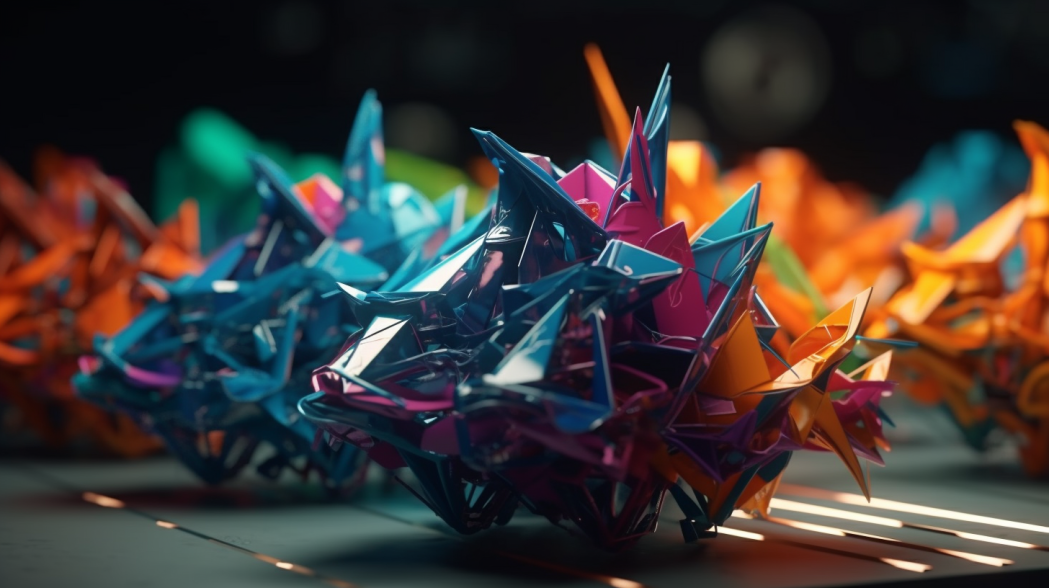Researchers at Cornell University have created microscale origami machines that are self-folding, thanks to chemical reactions. The team was led by Nicholas Abbott, a Tisch University Professor in the Robert F. Smith School of Chemical and Biomolecular Engineering in Cornell Engineering. The machines can operate in dry environments and at room temperature, freeing them from the liquids in which they usually function.
The machines could one day be used to create tiny autonomous devices that can respond rapidly to their chemical environment. Previously, chemical reactions that could only occur in extreme conditions, such as at high temperatures, have been used to power microscale robots. These were often tediously slow, making the approach impractical for everyday technological applications.
Abbott’s group discovered that a small section of the chemical reaction pathway contained both slow and fast steps. The group was able to leverage that rapid kinetic moment by using ultrathin platinum sheets capped with titanium, developed by Itai Cohen, professor of physics, and Paul McEuen, the John A. Newman Professor of Physical Science, both in the College of Arts and Sciences, and David Muller, the Samuel B. Eckert Professor of Engineering in Cornell Engineering.
The team used electronic structure calculations to dissect the chemical reaction that occurs when hydrogen — adsorbed to the material — is exposed to oxygen. The researchers exploited the crucial moment that the oxygen quickly strips the hydrogen, causing the atomically thin material to deform and bend like a hinge. The system can operate at 20 degrees Celsius in dry environments, with a response time of 600 milliseconds per cycle.
“We are really excited because this work paves the way to microscale origami machines that work in gaseous environments,” said Itai Cohen.
The researchers expect to apply the technique to other catalytic metals, such as palladium and palladium gold alloys, which could lead to autonomous material systems in which the controlling circuitry and onboard computation are handled by the material’s response.
The research was supported by the Cornell Center for Materials Research, which is supported by the National Science Foundation’s MRSEC program, the Army Research Office, the NSF, the Air Force Office of Scientific Research, and the Kavli Institute at Cornell for Nanoscale Science.
Overall, the creation of these self-folding microscale origami machines is a promising step toward the development of tiny, autonomous devices that could revolutionize the field of robotics
